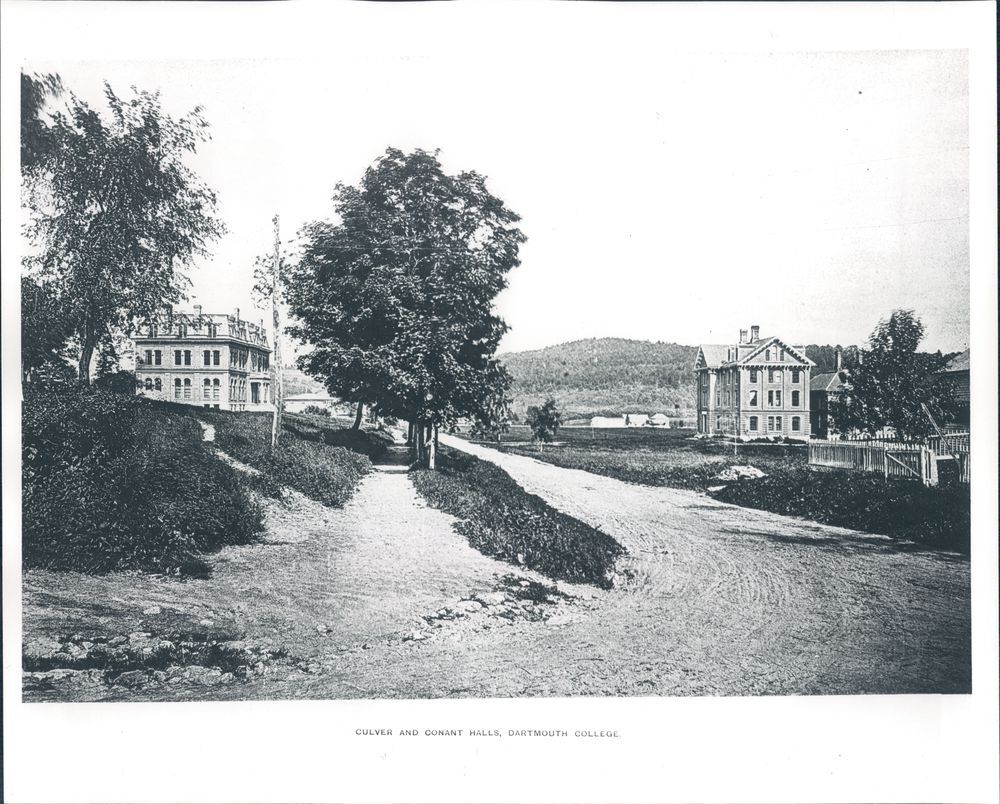Student Housing: Problems and Solutions

The Beginning of the Housing Crisis
DA-170, Student Housing Statistics
- Box 4211, 1962-1963 Folder: The total amount of beds available is barely greater than the total number of students living on campus. William Crooker, the Director of Student Housing, advises the College to start considering the construction of a new dormitory building. (view here)
- Box 4211, 1963-1964 Folder: The occupancy is barely lesser than the capacity, as there are only 2 vacant beds on campus. The increase in the amount of students admitted causes William Crooker to urge the College to survey the possibility of constructing a new dormitory by September 1964., which the College did not do.
- Box 4211, 1965-1966 Folder: The number of students admitted is the greatest it has ever been, causing there to be an equally record-breaking number of overcrowded rooms at 121. Some students also had to be housed at: rental properties owned by the College, rental properties that were usually only available to graduate students, and even at a house that housed workers from the Hanover Inn and the Dartmouth Dining Association. (view here)
Mitigating the Housing Crisis
DA-170, Student Housing Statistics
- Box 4211, 1966-1967 Folder: There are less overcrowded rooms, most likely due to a decrease in student enrollment.
- Box 4211, 1968-1969 Folder: A total of 300 students were "off" due to many programs, study abroads and internships, so for the first time since 1962, there were vacant beds available.
- Box 4211, 1970-1971 Folder: Due to an increase of students going on study abroads, engaging in programs like internships, and living off-campus, the number of overcrowded rooms decreased and most overcrowded rooms were voluntarily converted at the students' volitions.
DA-1, The Papers of The Board of Trustees of Dartmouth College
- Box 1490, Folder 41: The Trustees mentioned talking to the Committee of Buildings and Grounds about the construction of a new dormitory building in June, 1965. However, it did not happen due to concerns about expanding undergraduate dining facilities and the Thayer School of Engineering, both of which did not happen. (view here)
- Box 1490, Folder 57: The Trustees minutes in December, 1966 mention several things and changes that the Board wanted to implement, including: improvements to undergrad housing and dining facilities, the construction of new dining facilities, and additional Tuck school housing. They hoped all of these could be done in a period of 3-5 years.
- Box 1490, Folder 51: In the minutes of September, 1967, the Board discussed how to mitigate the housing crisis and decided that if enrollment remained at about 3,000, then they could "make do" with the current housing situation. Still, they mention that if they reach an enrollment of 3,200 they should plan to build a new dormitory building and list some possible locations.
Coeducation Effects on Housing
DA-617, Records of Dartmouth College, Business Manager
- Box 5657, Folder Dormitories - Dartmouth Plan: We learn how the change to a coed college impacted an already struggling housing system. Several problems have to deal with creating coed dormitories and all-female dormitories. If the all-female dormitories fill up and there are still students who want to live in those facilities, then another dormitory will have to convert to an all-female one. (view here) The College also looked to other state universities to learn how to best navigate co-ed dormitories. (view here)
- Box 5657, Folder Dormitories - Dartmouth Plan: This folder also details the plans the College has in case there is a surplus of female-assigned beds; the College stated that they will admit more women, instead of men, should they have enough beds. (view here)
- Box 5657, Folder Dormitories - Dartmouth Plan: It seems that in order to mitigate overcrowding, the College wanted to admit less people, instead of building more housing.
- Box 5657, Folder Dormitories - Dartmouth Plan: The influx of students and the overcrowding issue led to the creation of The Dartmouth Plan, known as the D-Plan, which also complicated housing, as students now had to try and plan when they would be on campus and when they wouldn't. However, it led to the creation of controlled storage housing, which students still use today.
Note: This list is not an exhaustive representation of all materials in Rauner Special Collections Library on the above subject(s). To search for additional sources, use the library catalog or online finding aids.
Credit to Luis Hinojosa '24 for creating this bibliography based on the fellowship research of Rachel Perez '23.
Last updated: May 2023
 Historical Accountability Student Research Program
Historical Accountability Student Research Program